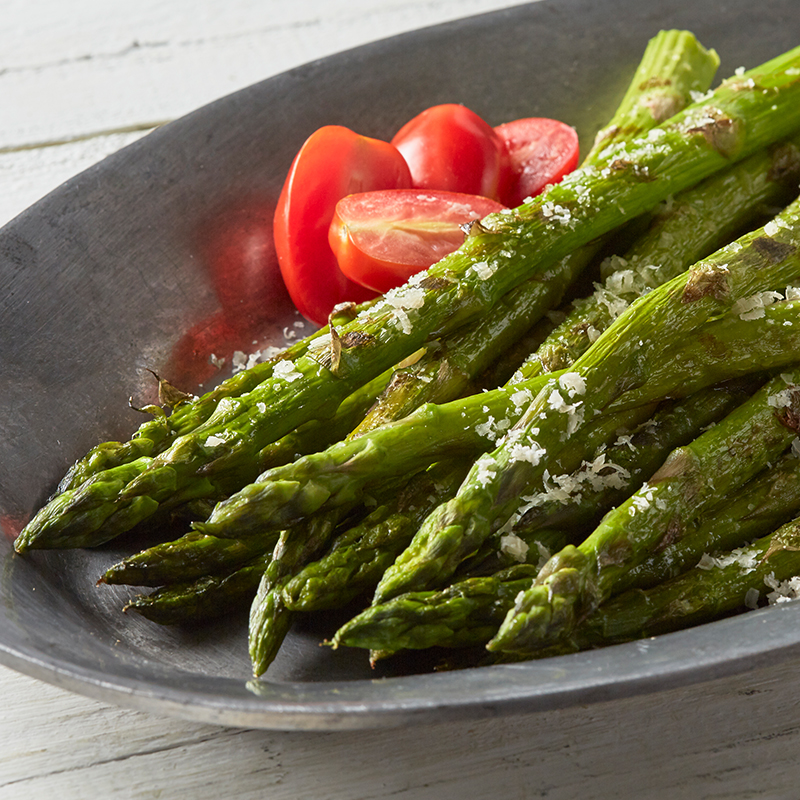shrimp cold storage
The Importance of Cold Storage for Shrimp Preserving Quality and Freshness
Shrimp, a highly sought-after seafood delicacy, is cherished around the world for its delectable taste and versatility. As the global demand for shrimp rises, so does the need for effective cold storage solutions to ensure quality and freshness from the ocean to the consumer's plate. This article delves into the significance of cold storage for shrimp, examining its benefits, methods, and the implications for the seafood industry.
The Necessity of Cold Storage
Shrimp is a perishable product that requires careful handling and storage to maintain its freshness. The spoilage of shrimp can occur rapidly due to enzymatic activity, microbial growth, and oxidative changes. Cold storage extends the shelf life of shrimp by slowing down these processes, keeping the product safe for consumption and preserving its desirable taste and texture.
The seafood industry has recognized the importance of cold storage in maintaining the quality of shrimp. Effective cold chain management—from the point of harvest to processing, distribution, and ultimately to retail—ensures that shrimp retain their freshness, nutritional value, and safety. This is crucial not only for culinary enjoyment but also for public health, as improperly stored shrimp can lead to foodborne illnesses.
Methods of Cold Storage
Cold storage for shrimp can be implemented at various stages of the supply chain. The most common methods include refrigeration, blast freezing, and cold storage warehouses. Each method offers distinct advantages
1. Refrigeration This is the most basic form of cold storage. Shrimp should be kept at temperatures between 0°C to 4°C (32°F to 39°F) to minimize spoilage. Restaurants and grocery stores typically utilize refrigeration for short-term storage before the shrimp is sold to consumers.
shrimp cold storage

2. Blast Freezing For longer storage periods, blast freezing is an effective method. This process rapidly lowers the temperature of shrimp to -18°C (0°F) or lower, preserving its quality while preventing the formation of large ice crystals that can damage the flesh. This method is commonly used at processing plants.
3. Cold Storage Warehouses Large-scale cold storage facilities are essential for distributing shrimp globally. These warehouses maintain controlled temperatures to store shrimp until it is ready to be shipped to markets, ensuring that it remains fresh throughout the supply chain.
Challenges in Cold Storage
While cold storage is essential for maintaining shrimp quality, it also presents challenges. One primary concern is the energy consumption of refrigeration systems, which can lead to increased operational costs and environmental impacts. Additionally, maintaining a consistent temperature throughout the cold chain is crucial; any fluctuations can compromise the quality of the shrimp.
Moreover, the seafood industry faces strict regulations regarding food safety and quality standards. Meeting these standards requires investment in advanced cold storage technologies and continuous monitoring to ensure compliance.
Conclusion
Cold storage plays a vital role in the shrimp supply chain, preserving the quality and safety of this beloved seafood. As consumer demand continues to rise, the seafood industry must remain committed to advancing cold storage technologies and practices. By doing so, they can ensure that shrimp retains its freshness from ocean to table, providing consumers with the best possible culinary experience while upholding food safety standards. Investing in efficient cold storage solutions not only benefits businesses and consumers but also supports sustainable seafood practices essential for the future of the industry.
















































































































